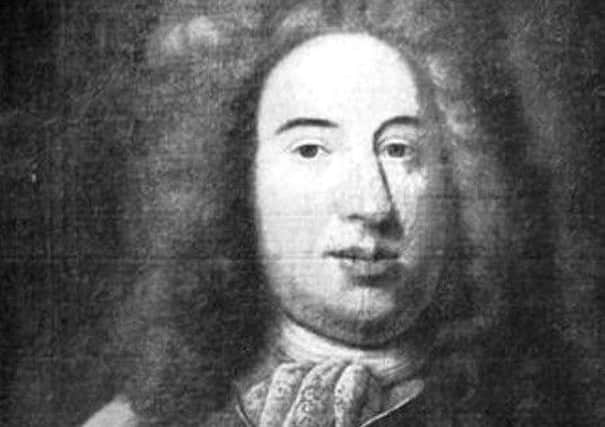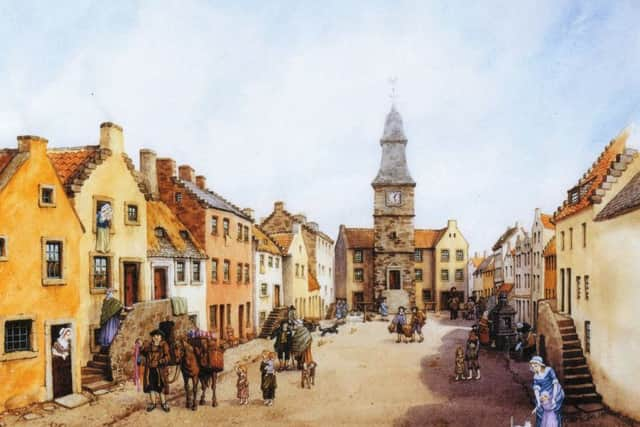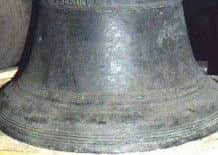Bell rings the changes for Falkirk’s Steeple


A bell cast by John Meikle in Edinburgh in 1697 was returned to the steeple after an absence of 122 years.
It was the first step in the process of converting the building into a heritage centre which will tell the story of the town, its two steeples and the prison cells that held offenders from 1815 until 1869.
Advertisement
Hide AdAdvertisement
Hide AdWith the agreement of Falkirk Council and Falkirk Community Trust, the Local History Society will install illustrated information panels over the coming few weeks and the building will open to the public in October.


Visitors will discover late medieval Falkirk centred on the open area in front of the steeple where all manner of activities from market trading to proclamations and public punishment took place.
They will hear about the 1697 steeple replaced in 1814 and they will see the cells much as they were before Victoria ascended the throne.
And they will have a close-up view of the famous bell itself gifted by James Livingston, 4th Earl of Callendar and inscribed with his name and the message ‘‘FOR FALKIRK’’.
Advertisement
Hide AdAdvertisement
Hide AdFalkirk was granted burgh status in 1600 by King James VI and soon after would have had a court house and a lock-up probably near the parish church.


At some stage the building gained a steeple though what it looked like we have no idea.
We do know that in the 1660s a new tolbooth with jail cells below ground level was constructed in the middle of the High Street and 30 years later it was given a fine new steeple.
It was smaller than the present building but quite stylish with its double section roof. It was this building that received the new bell and, from its upper floors, people watched the army of Bonnie Prince Charlie chase Hawley’s redcoats from the battlefield in January 1746.
Advertisement
Hide AdAdvertisement
Hide AdBy the early 1800s the steeple was in a poor condition not helped by some illicit digging by the next door neighbour and in 1804 it was demolished to save the ‘‘bairns’’ from danger.
It was ten years before the self-appointed leaders of the community, the feckless Stentmasters (no councillors in those days) begged and borrowed enough money to replace it with the fantastic building we have today – £1500 well spent for sure.
The Glasgow architect David Hamilton provided the design and local builder Henry Taylor, using stone from Brightons quarry, completed the construction.
A new clock by John Russell was installed and the old bell was hoisted into place in its new home. But it was not alone. A much bigger one was commissioned from the great bell foundry of Thomas Mears in London with an inscription ‘‘LET FALKIRK FLOURISH’’. It sounded the hours for the first time in 1815 and it is still the bell we hear today.
Advertisement
Hide AdAdvertisement
Hide AdThe venerable old bell was finally pensioned off and replaced in 1897 when it was 200 years old. It has been in storage ever since in the old burgh buildings and more recently in the museum.
The display material produced by the team at Eden Design is fantastic and we are very grateful for financial support from E B Scotland.
The steeple will be open free of charge on three or four days each week to start with.
Many of us have looked forward to this day for decades and so you can imagine our excitement as the time comes near.
The return of the old bell to its home is the sign that we are on the move at last.